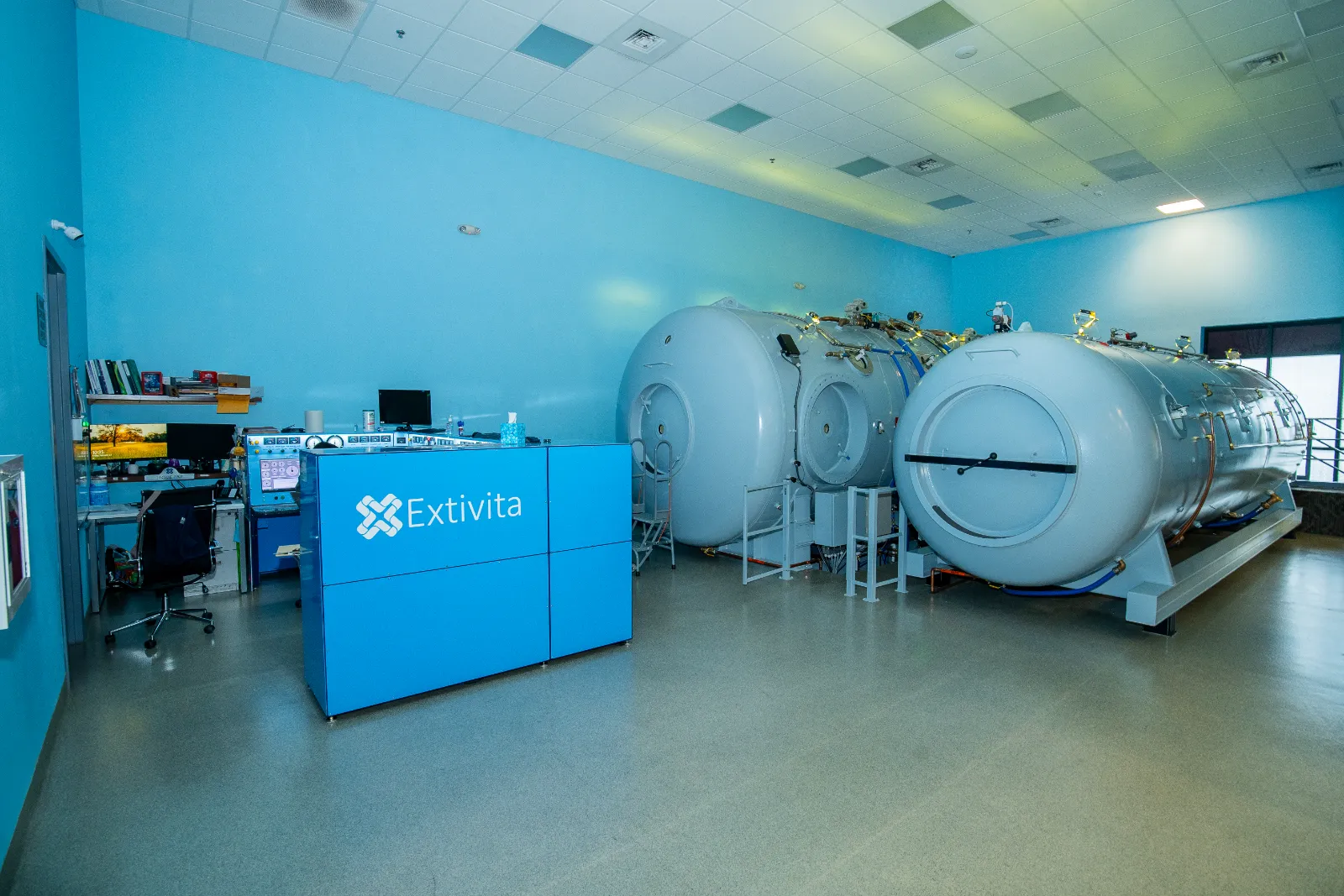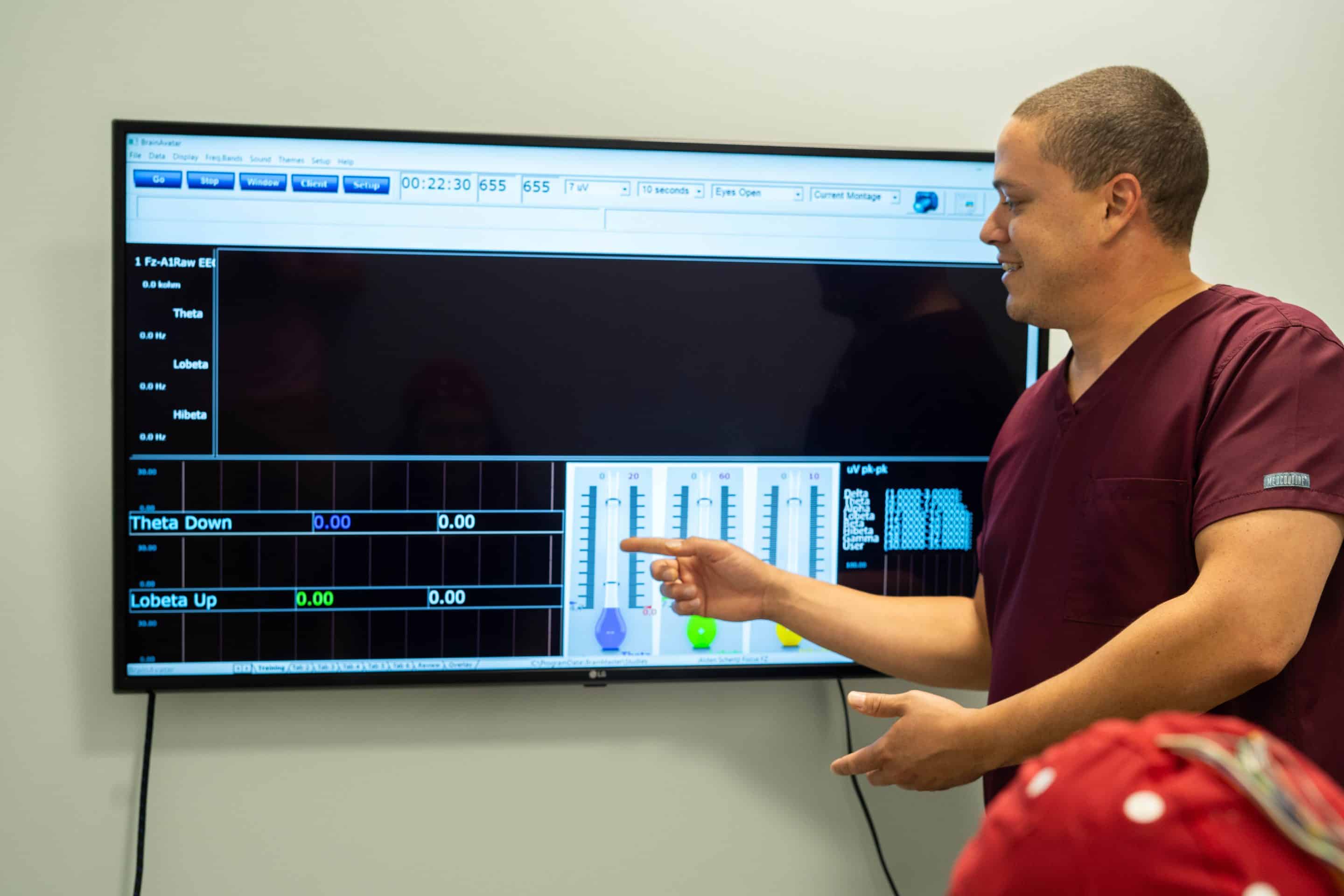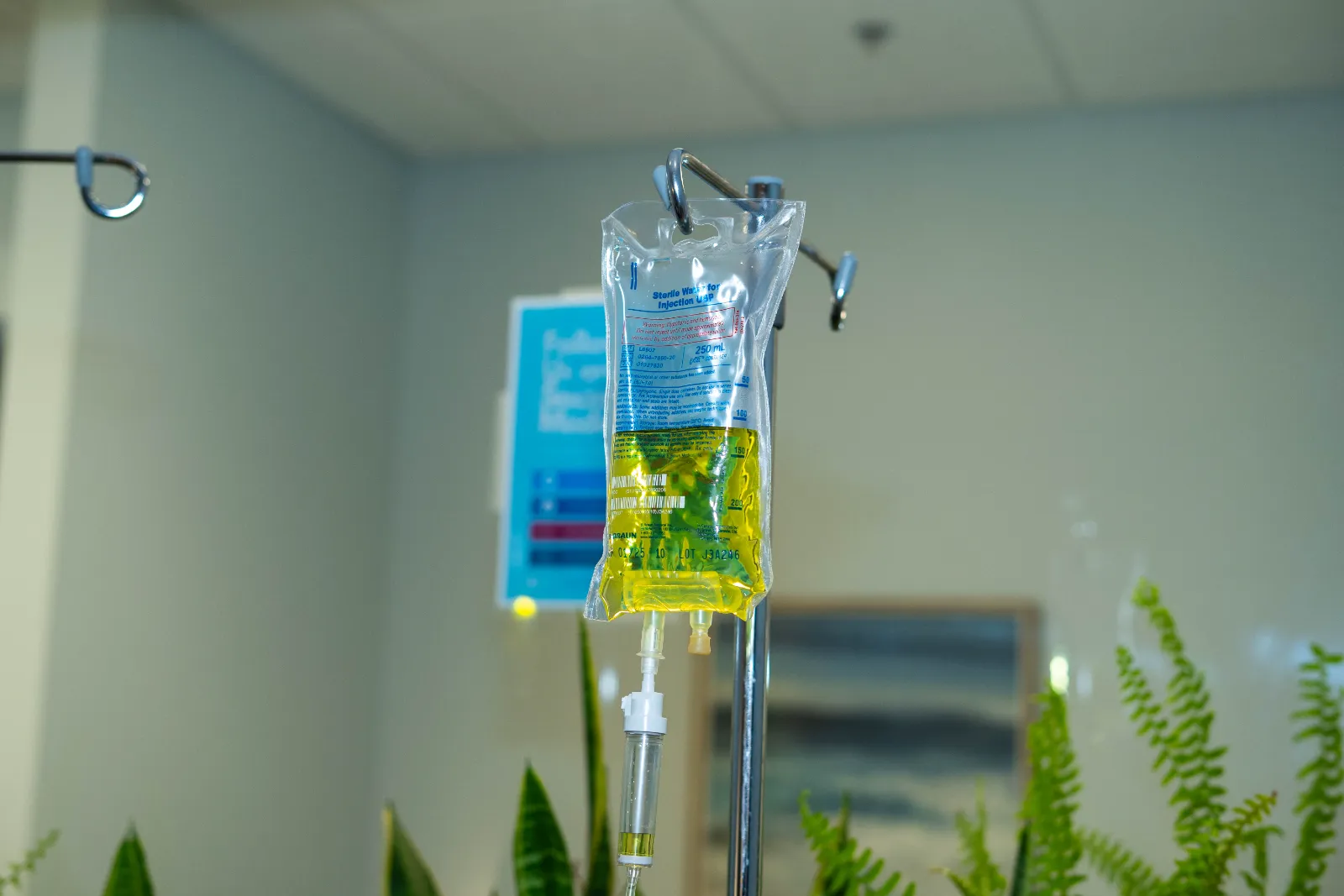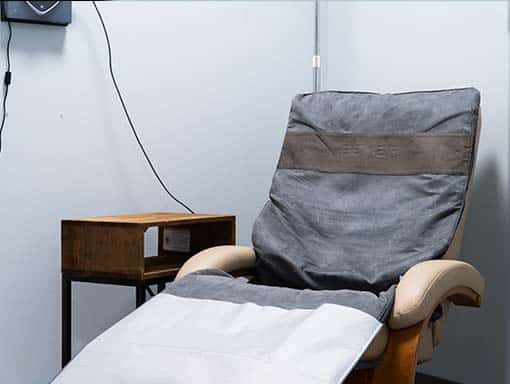Concussion, PCS and Mild TBI
Concussions, mild traumatic brain injury (mTBI), and post-concussion syndrome (PCS) are interconnected yet distinct conditions, each representing a different phase or outcome of head trauma. A concussion is a type of mTBI that temporarily disrupts normal brain function due to a blow or jolt to the head. It is one of the most common brain injuries and can affect individuals of all ages. While many people recover within days or weeks, others may experience prolonged symptoms, leading to PCS. Various factors—including the severity of the initial injury, repeated head trauma, underlying inflammation, poor cerebral circulation, and imbalances in the autonomic nervous system—can influence symptom duration and severity.
Disruptions caused by mTBI or concussion impact the brain’s neural networks, which regulate cognitive function, mood, coordination, and sensory integration. These disruptions impair communication between different regions of the brain and can be worsened by oxidative stress and reduced oxygen delivery. Symptoms may include headaches, dizziness, difficulty concentrating, memory issues, emotional instability, and fatigue. In the case of PCS, these symptoms persist well beyond the typical recovery period, often lasting for months or even years. Emotional stress, environmental toxins, and certain medications can further exacerbate neurological dysfunction during this prolonged recovery phase.
Understanding Concussions, PCS and Mild TBIs
Understanding the differences between concussion, mTBI, and PCS is essential for proper treatment and long-term brain health. Concussions and mTBIs require prompt intervention to reduce inflammation, support neuroplasticity, and restore brain communication pathways. Early treatment is especially important to reduce the risk of developing PCS, which may result in chronic symptoms if left unaddressed. Addressing these conditions often involves improving oxygen and nutrient delivery to brain tissue, stabilizing neurological function, and supporting the brain’s healing mechanisms.
Extivita Therapies for Concussions, PCS and Mild TBIs

Hyperbaric Oxygen Therapy

Neurofeedback

Nutritional IV Therapy
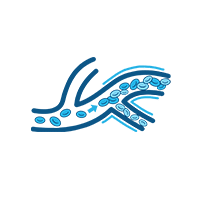
Pulsed Electromagnetic Field Therapy (PEMF)
Hyperbaric Oxygen Therapy (HBOT) for Concussions, PCS and Mild TBIs
Hyperbaric Oxygen Therapy, or “HBOT,” involves breathing 100% oxygen in a pressurized chamber to significantly increase the amount of oxygen delivered to your body’s tissues. This enhanced oxygenation supports natural healing processes and has been studied for its potential to improve outcomes in various neurological and inflammatory conditions. In the context of brain injuries, HBOT has shown promise by promoting cellular repair and reducing secondary injury mechanisms associated with concussion, PCS, and mTBI.
HBOT research shows how individuals with Concussions, PCS, or mTBIs may benefit from:
Improved Neurological Function
Increased oxygen availability supports the repair of damaged neurons and enhance brain metabolism, potentially improving cognitive clarity, focus, and memory. By delivering high concentrations of oxygen to the brain, HBOT can help restore cellular energy (ATP) levels, which are often depleted after an injury. This may allow brain cells to function more efficiently and support clearer thinking, faster processing, and improved mental stamina.
Reduced Brain Inflammation
These Inflammation of the vestibular nerve or surrounding brain tissue can exacerbate vertigo symptoms. HBOT helps lower neuroinflammatory markers, calming the nervous system and aiding recovery. By reducing pressure and irritation in vestibular pathways, patients often experience fewer episodes of dizziness and imbalance.
Enhanced Oxygen Delivery to Injured Areas
Following a brain injury, damaged blood vessels may reduce circulation and oxygen flow to key areas, causing tissue to become hypoxic (oxygen-deprived). HBOT works by saturating the bloodstream with oxygen under pressure, allowing oxygen to reach areas with restricted blood flow. This enhanced delivery can support healing, reduce tissue swelling, and promote cellular repair in regions affected by the injury.
Stimulation of Neuroplasticity
Studies suggest HBOT can stimulate both neurogenesis (the creation of new neurons) and neuroplasticity—the brain’s ability to adapt and rewire itself after trauma. These processes are essential for long-term recovery, especially in regaining lost functions such as speech, memory, motor coordination, and concentration. By creating an environment that supports brain regeneration, HBOT may help patients reclaim daily activities and improve independence.

Improved Mood and Sleep Quality
Individuals with PCS frequently report emotional symptoms such as depression, irritability, and anxiety, as well as disrupted sleep patterns. HBOT may help regulate the production of neurotransmitters like serotonin and dopamine, which influence mood and sleep. With improved oxygenation and reduced inflammation, many patients experience a calmer emotional state, better stress management, and more restful sleep.
Support for Long-Term Recovery
For patients who continue to suffer from symptoms months—or even years—after a concussion, HBOT may offer a supportive, non-invasive therapy option. It can help restart stalled healing processes, particularly in patients who have plateaued with other treatments. By promoting brain oxygenation, reducing inflammation, and stimulating regeneration, HBOT may improve overall function, resilience, and quality of life.
Neurofeedback for Concussions, PCS and Mild TBIs
Neurofeedback is a non-invasive brain training technique that measures brainwave activity in real time and provides instant feedback to help the brain self-correct. By reinforcing optimal brainwave patterns and discouraging dysregulated activity, the brain learns to function more efficiently. Over time, this can lead to improved emotional regulation, cognitive clarity, and overall neurological balance.
Benefits for Concussions, PCS and Mild TBIs
Stress and Anxiety Reduction
Concussions and mTBIs frequently disrupt the brain’s ability to manage stress, often leading to heightened anxiety, irritability, or emotional instability. Neurofeedback works by training the brain to shift out of overactive or hypervigilant states and into a calmer, more regulated mode. As the brain learns to maintain balanced patterns, patients often experience decreased tension, greater emotional resilience, and improved stress tolerance in everyday situations.
Improved Cognitive Performance
Symptoms such as brain fog, memory lapses, and difficulty concentrating are common after a brain injury. Neurofeedback targets the specific areas of the brain responsible for executive function, attention, and memory. By promoting more stable and efficient brainwave activity, neurofeedback may help enhance mental clarity, sharpen focus, and restore cognitive performance over time.

Better Sleep Quality and Regulation
Disrupted sleep is a frequent complaint following concussions and mTBI, often exacerbating other symptoms like fatigue, mood swings, and poor concentration. Neurofeedback can help train the brain to shift into more restful states by reinforcing calm, slow-wave brain activity. Many patients report falling asleep more easily, staying asleep longer, and waking up more refreshed after regular sessions.
Emotional Regulation and Mood Stability
Post-concussion syndrome can lead to mood swings, depression, and emotional reactivity. Neurofeedback supports mood stabilization by helping the brain self-regulate regions involved in emotion processing, such as the prefrontal cortex and limbic system. Over time, this can lead to improved emotional balance, reduced volatility, and a greater sense of control in daily life.
IV Therapy for Concussions, PCS, and Mild TBIs
When nutrients are delivered intravenously (through an IV), nearly 100% of those nutrients are immediately available to your cells and tissues via the bloodstream. This bypasses the digestive system, allowing for faster and more complete absorption than oral supplements can provide. IV therapy ensures that essential vitamins, minerals, and antioxidants reach your brain and body quickly, which is especially beneficial during neurological recovery when nutrient demand is elevated.
In individuals recovering from concussion, PCS, or mild traumatic brain injury, IV Therapy may help address common deficiencies and support key healing functions such as reducing inflammation, replenishing cellular energy, and supporting neurotransmitter balance. The rapid nutrient delivery can also aid in reducing fatigue, improving mental clarity, and restoring immune resilience—often compromised during post-injury recovery.
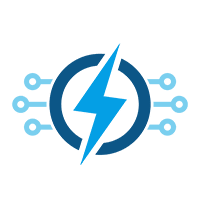
Quickest, most effective way to supply our cells with the nutrients they need
IV Therapy Research shows how patients may benefit from
Targeted Nutrient Delivery for Brain Recovery
After a brain injury, the demand for nutrients involved in cellular repair, mitochondrial function, and neurotransmitter balance significantly increases. IV therapy can deliver key nutrients such as magnesium, B vitamins, and amino acids directly to the bloodstream, bypassing digestion and ensuring efficient support for neurological recovery.
Reduced Neuroinflammation
Certain IV nutrients—like glutathione and vitamin C—have antioxidant and anti-inflammatory properties that may help reduce oxidative stress and inflammation in the brain. Lowering inflammation can support healing and may help alleviate symptoms such as brain fog, headaches, and fatigue.

Improved Energy and Mental Clarity
Fatigue and brain fog are common lingering effects after concussion and mTBI. IV infusions with nutrients like B12 and NAD+ precursors may help enhance cellular energy production (ATP) and support mental sharpness, helping individuals regain clarity and daily function more quickly.
Key IV Recommendations for Concussions, PCS, and Mild TBIs:
Myers’ Cocktail IV
Components: B-complex vitamins, Vitamin C, Magnesium, and Calcium
-
B-complex vitamins and magnesium are essential for nerve repair and neurotransmitter balance, both of which are often disrupted after a brain injury. – Vitamin C and Calcium contribute to antioxidant defense and metabolic support.
-
Vitamin C and calcium help combat oxidative stress and support cellular healing in the brain, contributing to overall neurological recovery.
NAD+ Trio IV
Components: NAD+, Glutathione, and Magnesium
- NAD+ plays a key role in cellular energy production and may help improve cognitive function, focus, and mental
clarity after injury. - Glutathione helps reduce neuroinflammation and supports detoxification at the cellular level.
- Magnesium promotes calming brainwave activity and supports healthy neurological signaling.
Pulsed Electromagnetic Field (PEMF) Therapy
PEMF Therapy uses low-frequency electromagnetic waves to gently stimulate the body’s cells. This non-invasive treatment enhances circulation, supports cellular energy production, and promotes tissue repair—key components in neurological recovery after brain injury.
How PEMF Therapy Supports Concussions, PCS and mTBIs
Improves Brain Circulation
PEMF Therapy increases blood flow and oxygenation to brain tissues affected by injury. Enhanced circulation supports nutrient delivery and waste removal, which are essential for reducing inflammation and promoting neural repair in the recovery process.
Supports Nervous System Regulation
By modulating electrical activity in the nervous system, PEMF Therapy helps calm overactive neural pathways and promote balance between the sympathetic and parasympathetic systems. This can lead to reduced symptoms such as anxiety, irritability, and sensory sensitivity often associated with PCS and mTBI.
Promotes Cellular Repair
PEMF Therapy supports mitochondrial function and accelerates tissue healing by enhancing the body’s natural regenerative capacity. This may help reduce inflammation and repair damaged neurons, ultimately supporting cognitive recovery, memory, and mood stabilization.
Explore a personalized plan that supports your cognitive health and overall brain function.
Schedule Your Free Wellness Visit →
References:
- Harch, Paul G. “Systematic review and dosage analysis: Hyperbaric oxygen therapy efficacy in mild traumatic brain injury persistent postconcussion syndrome.” Frontiers in Neurology, vol. 13, 17 Mar. 2022, https://doi.org/10.3389/fneur.2022.815056.
- Hadanny, Amir, Merav Catalogna, et al. “Hyperbaric oxygen therapy in children with post-concussion
syndrome improves cognitive and behavioral function: A randomized controlled trial.” Scientific Reports,
vol. 12, no. 1, 23 Sept. 2022, https://doi.org/10.1038/s41598-022-19395-y.
- Harch, PaulG, et al. “Hyperbaric oxygen therapy for mild traumatic brain injury persistent postconcussion syndrome: A randomized controlled trial.” Medical Gas Research, vol. 10, no. 1, 13 Mar. 2020, p. 8, https://doi.org/10.4103/2045-9912.279978. 4. Hadanny, A., et al. “Hyperbaric oxygen can induce neuroplasticity and improve cognitive functions of patients suffering from anoxic brain damage.” Restorative Neurology and Neuroscience, vol. 33, no. 4, 19 Aug. 2015, pp. 471–486, https://doi.org/10.3233/rnn-150517.
- Vlodavsky, E., et al. “Hyperbaric oxygen therapy reduces neuroinflammation and expression of matrix
metalloproteinase‐9 in The rat model of traumatic brain injury.” Neuropathology and Applied Neurobiology, vol. 32, no. 1, 4 Jan. 2006, pp. 40–50, https://doi.org/10.1111/j.1365-2990.2005.00698.x. 5. Bin-Alamer, Othman, et al. “Hyperbaric oxygen therapy as a neuromodulatory technique: A review of the Recent evidence.” Frontiers in Neurology, vol. 15, 9 Oct. 2024, https://doi.org/10.3389/fneur.2024.1450134.
- Nyam, Tee-Tau Eric, et al. “Hyperbaric oxygen therapy reduces the traumatic brain injury–mediated neuroinflammation through enrichment of prevotella copri in the gut of male rats.” Neurocritical Care, vol. 41, no. 3, 15 May 2024, pp. 798–812, https://doi.org/10.1007/s12028-024-01997-1. Bin-Alamer, Othman, et al. “Hyperbaric oxygen therapy as a neuromodulatory technique: A review of the recent evidence.” Frontiers in Neurology, vol. 15, 9 Oct. 2024, https://doi.org/10.3389/fneur.2024.1450134.
- Barata, Pedro, et al. “The role of hyperbaric oxygen therapy in neuroregeneration and neuroprotection: A Review.” Cureus, 10 June 2024, https://doi.org/10.7759/cureus.62067.
- Carlson, Judy, et al. “Infra-low frequency neurofeedback impact on post-concussive symptoms of headache, insomnia and attention disorder: Results of a randomized control trial.” EXPLORE, vol. 21, no. 2, Mar. 2025, p. 103137, https://doi.org/10.1016/j.explore.2025.103137.
- Gray, Sarah N. “An overview of the use of neurofeedback biofeedback for the treatment of symptoms of traumatic brain injury in military and civilian populations.” Medical Acupuncture, vol. 29, no. 4, 1 Aug. 2017, 215–219, https://doi.org/10.1089/acu.2017.1220.
- Munivenkatappa, Ashok, et al. “EEG neurofeedback therapy: Can it attenuate brain changes in TBI?” NeuroRehabilitation, vol. 35, no. 3, 14 Nov. 2014, pp. 481–484, https://doi.org/10.3233/nre-141140.
- Surmeli, Tanju, et al. “Quantitative EEG neurometric analysis–guided neurofeedback treatment in Postconcussion Syndrome (PCS): Forty cases. how is neurometric analysis important for the treatment of pcs and as a biomarker?” Clinical EEG and Neuroscience, vol. 48, no. 3, 27 June 2016, pp. 217–230, https://doi.org/10.1177/1550059416654849.
- Wu, Fangfang, et al. “Vitamin B12 enhances nerve repair and improves functional recovery after traumatic brain injury by inhibiting ER stress-induced neuron injury.” Frontiers in Pharmacology, vol. 10, 24 Apr. 2019, https://doi.org/10.3389/fphar.2019.00406.
- Standiford, Louis, et al. “A randomized cohort study of the efficacy of po magnesium in the treatment of acute concussions in adolescents.” The American Journal of Emergency Medicine, vol. 44, 9 June 2021, pp. 419–422, https://doi.org/10.1016/j.ajem.2020.05.010.
- Won, Seok Joon, et al. “Prevention of traumatic brain injury-induced neuron death by intranasal delivery of nicotinamide adenine dinucleotide.” Journal of Neurotrauma, vol. 29, no. 7, 1 May 2012, pp. 1401–1409, https://doi.org/10.1089/neu.2011.2228.
- Linseman, DanielA, and Lilia Koza. “Glutathione precursors shield the brain from trauma.” Neural Regeneration Research, vol. 14, no. 10, Oct. 2019, p. 1701, https://doi.org/10.4103/1673-5374.257520.
- Miller, Claire Prener, et al. “Transcranial low‐frequency pulsating electromagnetic fields (t‐pemf) as post‐concussion syndrome treatment.” Acta Neurologica Scandinavica, vol. 142, no. 6, 16 July 2020, pp. 597–604, https://doi.org/10.1111/ane.13300.
- Patchana, Tye, et al. “Immunomodulatory effect of electromagnetic field in the treatment of traumatic brain injury.” Journal of Biotechnology and Biomedicine, vol. 06, no. 01, 1 Mar. 2023, https://doi.org/10.26502/jbb.2642-91280069.

